世界最大のフラメンコ視聴覚コレクション
お好きな場所でお楽しみください
いつでもどこでも最高のフラメンコを。
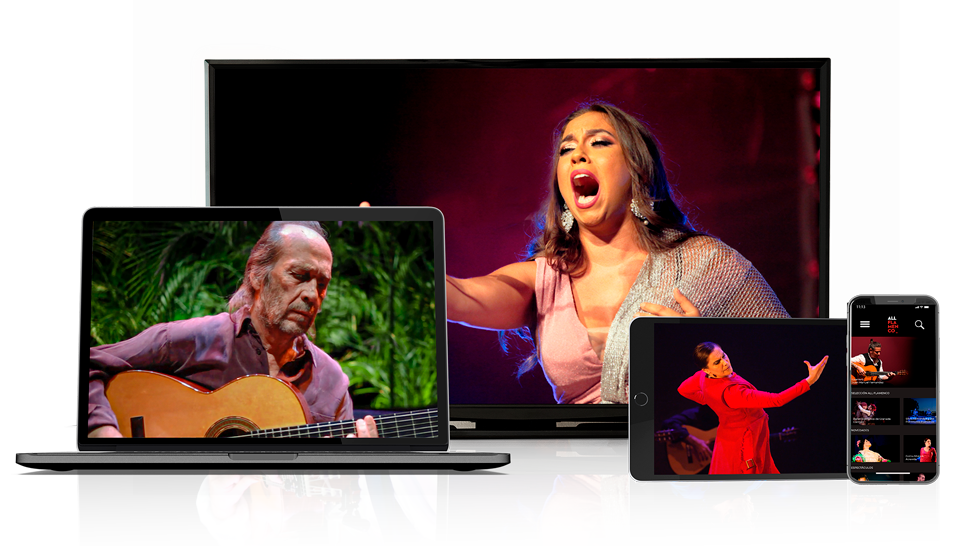
1,600以上のタイトル
最大のフラメンコ・オーディオビジュアル・カタログをご覧ください。
品質と独占性
最高品質で制作される週刊プレミアと独占プレミア
マルチデバイス
モバイル、タブレット、PCから楽しめる
をご覧ください。
TVチャンネル
フランスとスイスでは、Orange、SFR、Bouygues、Free、Saltでご利用いただけます。
アプリ
Disfruta de nuestra webapp para disfrutar cuándo y dónde quieras
プライム・ビデオ
プライム・ビデオ・チャンネル
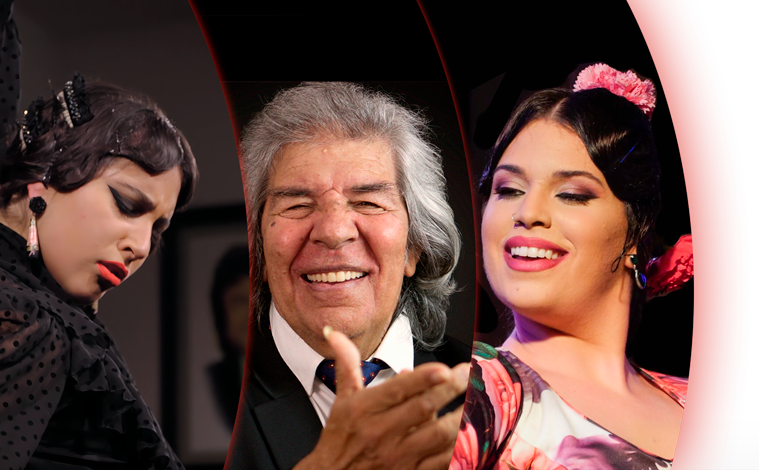
フラメンコ界最高のアーティストたち
過去から現在までの1,500人以上のトップアーティスト
最大の番組カタログを楽しむ
大小、リサイタル、コンサート?
劇場、劇場、象徴的な会場から
最高のフラメンコ舞踊と歌
ピュア、コンテンポラリー、アヴァンギャルド、いつの時代も
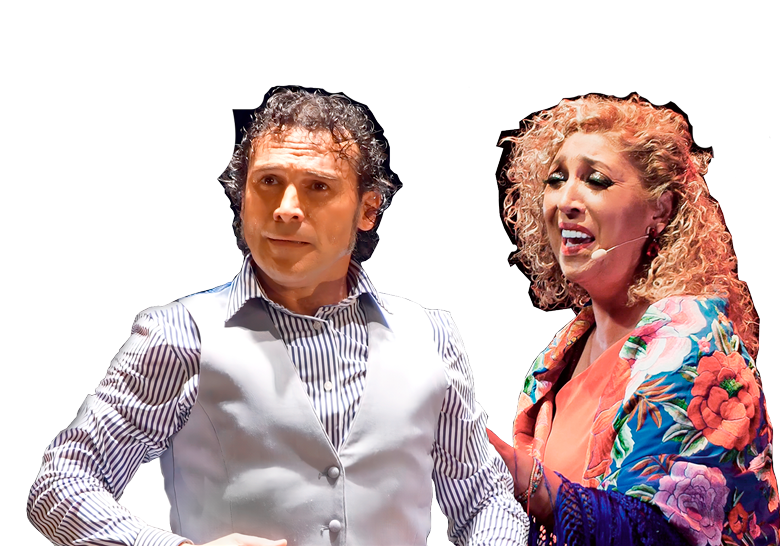
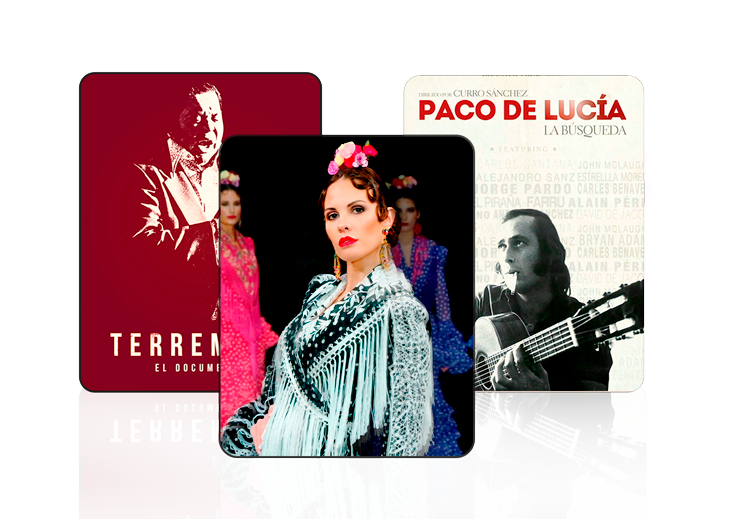
ドキュメンタリー, ファッション, インタビュー
その他多数
よくある質問
ALL FLAMENCOとは何ですか?
フラメンコを楽しむための、動画配信のプラットフォームとテレビチャンネルを提供するサービスです。クオリティの高い、本場スペインの今のフラメンコを、世界中どこからでもお楽しみいただけます。スペイン語、英語の他に日本語対応も進めています。 フェスティバル、リサイタル、コンサート、独占インタビュー、レポート、映画、レッスン、ファッションショー、ドキュメンタリー… / フラメンコの全てがここに。
最新のフェスティバル、リサイタル、著名人のコンサート、独占インタビュー、レポート、映画、フラメンコ教室、フラメンコ・ファッションショー、ドキュメンタリーなど、昨日、今日、そしていつの時代もフラメンコを知ることができる。
ALL FLAMENCOとは何ですか?
フラメンコを楽しむための、動画配信のプラットフォームとテレビチャンネルを提供するサービスです。クオリティの高い、本場スペインの今のフラメンコを、世界中どこからでもお楽しみいただけます。スペイン語、英語の他に日本語対応も進めています。 フェスティバル、リサイタル、コンサート、独占インタビュー、レポート、映画、レッスン、ファッションショー、ドキュメンタリー… / フラメンコの全てがここに。
最新のフェスティバル、リサイタル、著名人のコンサート、独占インタビュー、レポート、映画、フラメンコ教室、フラメンコ・ファッションショー、ドキュメンタリーなど、昨日、今日、そしていつの時代もフラメンコを知ることができる。
ALL FLAMENCOの視聴方法は?
方法は3つあります:
1) スペイン、フランス、スイスの放送局で視聴可能なテレビチャンネル;
2) アプリ
3) スペイン国内のPRIME VIDEO CHANNELSでのチャンネル。これら3つの方法はそれぞれ独立しており、個別に契約する必要がある。
さらに、最近Vimeoを通じて、従来のものとは独立した新機能を備えた新しいAPPが開始されました。旧APPは、既に契約済みの方のみご利用いただけます。
ALL FLAMENCOの料金は?
ALLフラメンコは、無料コンテンツセクションから無料でご覧いただけます。 購読プランをご覧ください。
登録とサブスクリプションへの申込は同じでしょうか?
いや、独立している。 登録は、あなたが何かを支払ったり、何らかの約束をすることを意味するものではありません。 まずはユーザー登録をしてください。 そして、ALL FLAMENCOの全コンテンツを何度でも再生できる購読プランを選択することができる。
